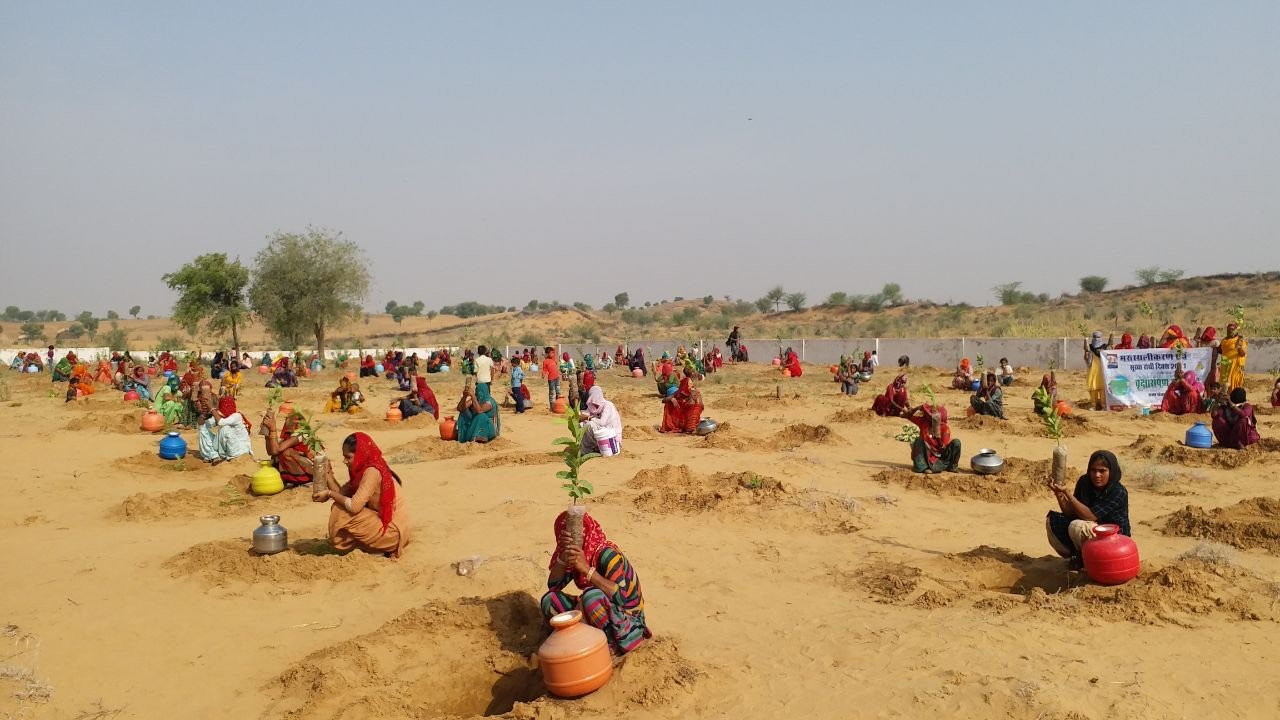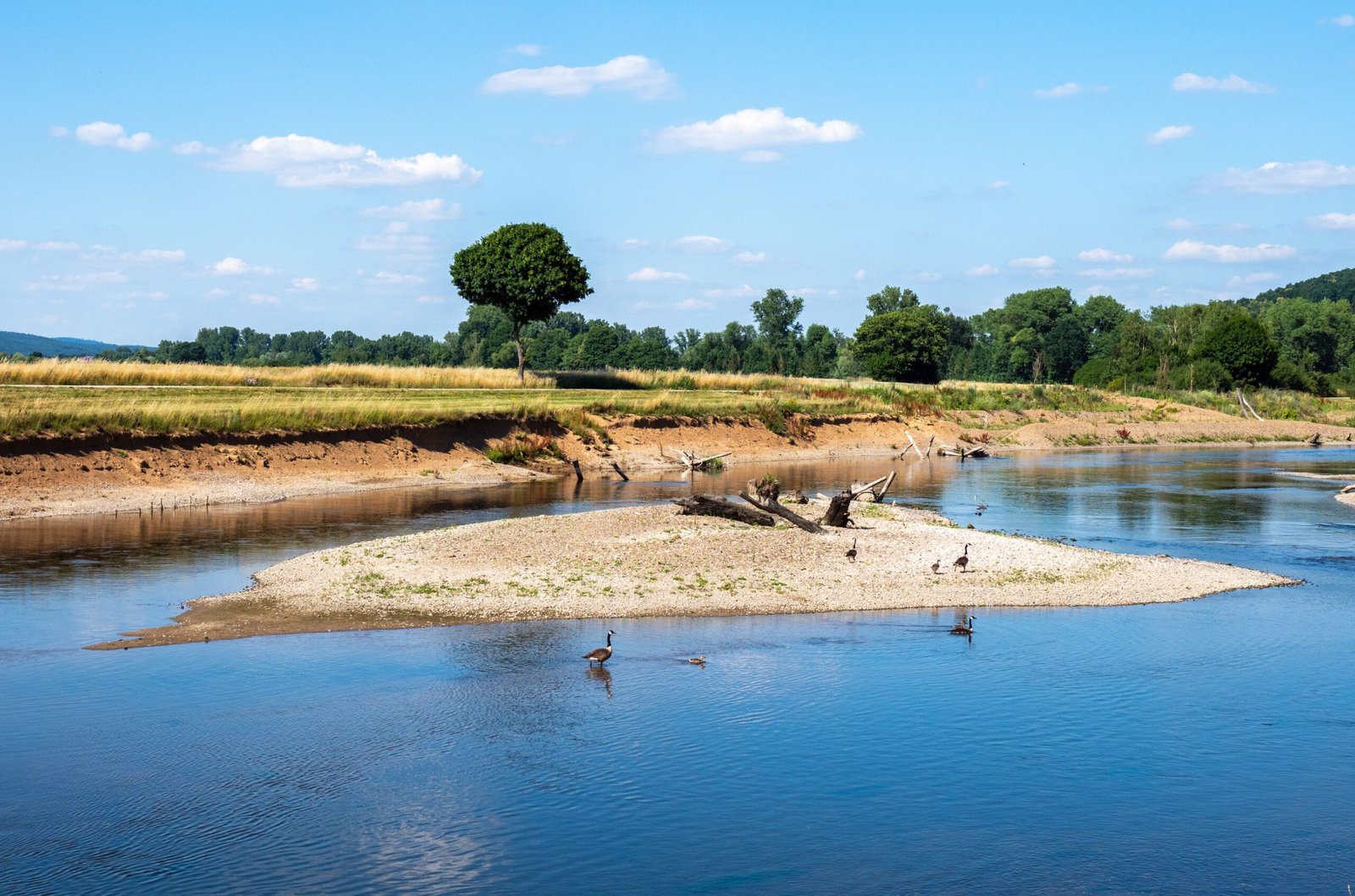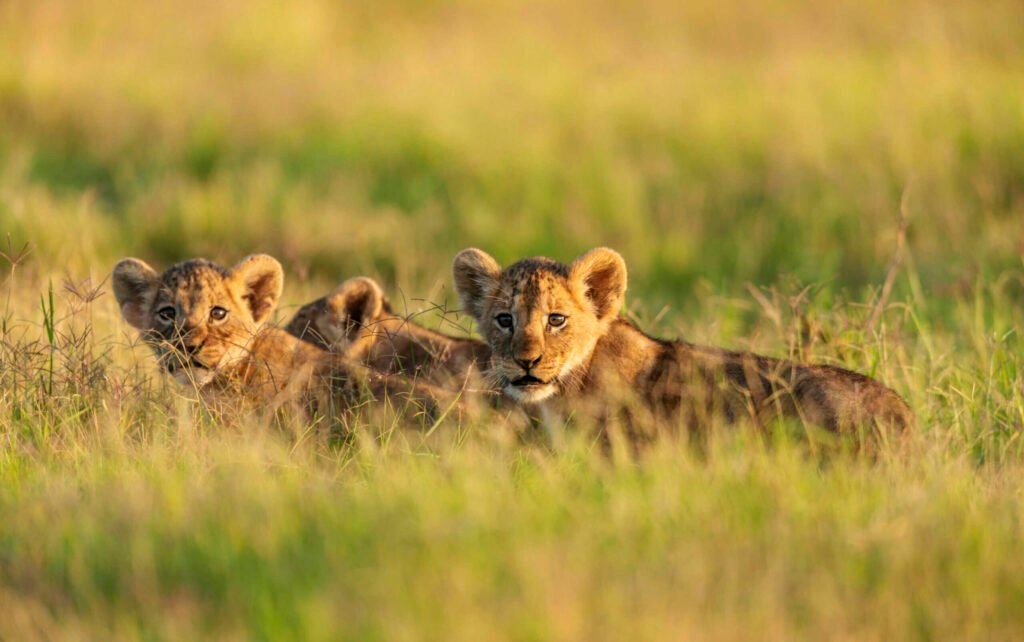Imagine a landscape once lush and vibrant, suddenly stripped to bare earth, dust swirling where grass once danced in the breeze. That’s the heartbreaking scene millions have witnessed across Africa, as deserts slowly swallow once-fertile grasslands. But what if there was a way to turn back the clock, to bring green back to the brown, to see herds grazing again where only silence reigned? In a surprising twist, Kenya—a country often overshadowed by stories of drought and loss—has pulled off what many thought was impossible. Through innovative approaches and sheer determination, Kenyan communities are winning the battle against desertification by restoring their grasslands. Their journey isn’t just a victory for Kenya; it’s a beacon of hope for the whole world.
Understanding Desertification: The Silent Crisis
Desertification sounds like something out of a science fiction novel, but it’s a very real and very pressing issue. It refers to the process where once-productive land becomes desert, losing its ability to support crops, animals, or even people. This transformation doesn’t happen overnight. It’s a slow creep, a result of overgrazing, deforestation, climate change, and poor land management. The soil loses its nutrients, water becomes scarce, and the land hardens into an unyielding crust. For the communities that rely on these lands, desertification isn’t just an environmental problem—it’s a threat to their entire way of life.
Why Grasslands Matter More Than You Think
Grasslands might seem simple—just stretches of green under the open sky—but they are ecological powerhouses. They store carbon, regulate water cycles, and support a dizzying array of wildlife. For pastoralists in Kenya, grasslands are lifelines, providing food for livestock and, in turn, sustenance for families. When grasslands thrive, so do communities. Lose them, and you lose much more than just grass; you lose culture, tradition, and hope for the future.
Kenya’s Grasslands: A Battle Against the Odds
Kenya’s grasslands have faced relentless pressure. Over the past decades, expanding agriculture, growing populations, and erratic weather patterns have pushed the land to its limits. Patches of bare soil began to outnumber green tufts, and rivers dried up. Wildlife disappeared, and cattle grew thin. The transformation was so drastic that many believed these lands were lost for good. Yet, against all expectations, a movement was brewing—one determined to reverse this trend.
The Turning Point: Community-Led Restoration
The real magic happened when local communities took charge. Instead of waiting for outside help, herders and villagers started working together, inspired by traditional wisdom and new science. They fenced off degraded areas to allow grasses to recover, rotated grazing to prevent overuse, and planted native species that could withstand tough conditions. These efforts weren’t always easy, and sometimes setbacks felt insurmountable. But each small patch of green that returned brought hope and determination to keep going.
Holistic Management: Science Meets Tradition
One of the most game-changing strategies has been holistic grazing management. This approach, pioneered by experts like Allan Savory, mimics the natural movement of wild herds. Instead of letting cattle roam freely and graze the same spots, herders move them in tight groups, then give the land plenty of time to recover before the next round. This method restores soil health, improves water retention, and helps grasses grow back stronger than ever. In Kenya, blending this science with generations-old pastoral knowledge has created a powerful recipe for success.
The Surprising Role of Wildlife in Restoration
It’s easy to imagine that people and wildlife are always in competition, but in Kenya’s grasslands, they’re actually partners in restoration. Elephants, zebras, and antelope all play a role in aerating the soil and spreading seeds. Some projects have even reintroduced key species to help speed up recovery. By protecting both livestock and wildlife, communities are creating a balanced ecosystem where everyone thrives.
Climate Change: The Looming Challenge
No story about grasslands is complete without acknowledging the shadow of climate change. Kenya has suffered through unpredictable rain patterns, scorching droughts, and sudden floods. Restoring grasslands is one of the most effective ways to fight back. Healthy grasses pull carbon from the air and lock it in the soil, making them a natural ally in the global battle against warming temperatures. Every blade of grass is a tiny warrior in this fight.
Water: The Lifeblood of the Land
Restored grasslands do more than just look pretty—they make a real difference in water management. When grass covers the soil, rainwater can soak in instead of running off and causing erosion. Streams and rivers begin to flow again, watering crops and filling wells. In Kenya, villages that once relied on water delivered by truck are now seeing springs return, all thanks to the humble grass.
Empowering Women Through Restoration

Restoring grasslands isn’t just an environmental or economic win—it’s changing lives for women, too. In many Kenyan communities, women are responsible for gathering water, growing food, and caring for children. When the land fails, they suffer first and hardest. But as grasslands return, women have more time, better nutrition, and new opportunities to earn income. Some have even become leaders in restoration projects, inspiring others to join in.
The Economics of Green: Livelihoods Restored
Bringing grasslands back to life isn’t just about saving the planet—it’s about saving jobs. Healthy pastures mean healthier, fatter livestock, which fetch better prices at market. Honey production, tourism, and even handicrafts have all flourished where grasslands have returned. For many Kenyan families, restoration has turned desperation into prosperity. It’s a ripple effect that starts with a single seed and ends with thriving communities.
Education and Youth: Sowing Seeds for the Future
Young people in Kenya are at the heart of the restoration movement. Schools are teaching students about ecology and sustainable land management. Youth groups are planting trees, monitoring wildlife, and sharing knowledge with their peers. By involving the next generation, Kenya is ensuring that restored grasslands aren’t just a temporary fix—they’re a gift that keeps on giving.
Technology’s Helping Hand
Technology isn’t usually the first thing people think of when it comes to grasslands, but in Kenya, it’s making a big difference. Drones are used to map degraded areas, track animal movements, and monitor plant growth. Mobile apps help herders plan grazing schedules and share weather updates. Even simple tools like solar-powered water pumps are transforming life on the land. Technology and tradition aren’t at odds—they’re working together to restore the earth.
Community Trust: The Glue Holding It All Together
One of the most unexpected lessons from Kenya’s victory is the power of trust and cooperation. In places where neighbors once fought over scarce resources, restoration projects have brought people together. Shared goals, open dialogue, and fair decision-making have built strong bonds. As one elder put it, “When the grass grows, so does our friendship.” It’s a reminder that healing the land often starts with healing relationships.
Policy and Government Support: Setting the Stage for Success

None of this would be possible without supportive policies and government backing. Kenya has implemented ambitious plans to combat desertification and support sustainable land management. Local governments provide training, funding, and access to markets. National campaigns have raised awareness and inspired action. While challenges remain, political will is proving to be a crucial ingredient in the recipe for restoration.
Inspiring Stories from the Ground
The most powerful proof of Kenya’s success comes from the people living on the front lines. Take the story of a Maasai community in Kajiado County, who once watched their grazing lands turn to dust. By banding together and implementing holistic grazing, they’ve seen grass return, wildlife increase, and water sources revive. Or consider the women’s group in Laikipia, who turned a barren hillside into a green haven, earning income from honey and crafts. These stories aren’t just inspiring—they’re the heartbeat of the movement.
The Ripple Effect: Lessons for the World

Kenya’s victory isn’t just a local phenomenon. Other countries facing desertification are taking note. From Mongolia to Mexico, communities are adapting Kenya’s techniques and seeing results. The message is clear: if restoration can work in Kenya’s harsh conditions, it can work almost anywhere. The world is watching—and learning.
The Science Behind the Green Miracle
Behind every restored grassland is a symphony of biological processes. Microbes in the soil break down organic matter, creating nutrients for plants. Roots hold the soil in place and help store moisture. Insects, birds, and mammals all play their part in a delicate dance of regeneration. Scientists have measured increases in soil fertility, biodiversity, and carbon storage where restoration is happening. It’s not magic—it’s science, working hand in hand with human effort.
Challenges Ahead: The Work Isn’t Over
Despite the success, Kenya’s journey is far from finished. New threats emerge every year, from invasive species to shifting climate patterns. Restoring grasslands is an ongoing process, requiring vigilance, adaptation, and continuous learning. There are setbacks, disappointments, and hard choices along the way. But the spirit of innovation and resilience that has driven this movement shows no signs of fading.




